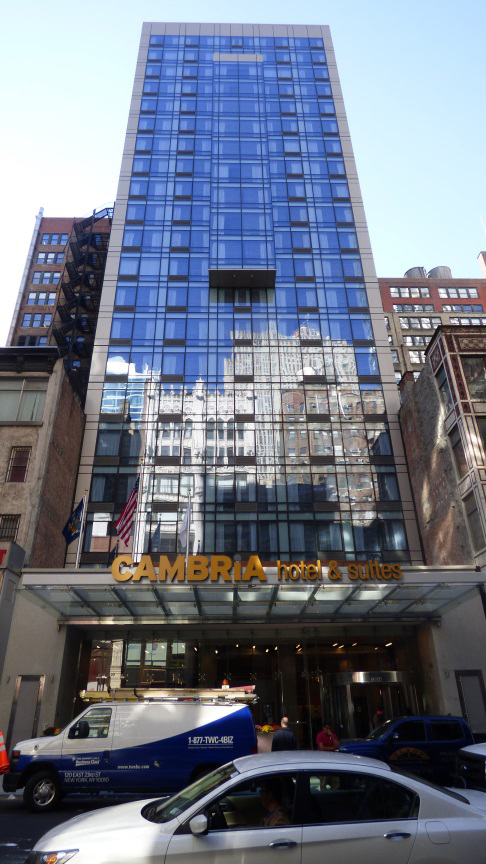News:
Green Buildings
Posted: May 27, 2014
Energy upgrades represent a high rate of return
According to a recent report in Business Insider, Apple has more cash reserves ($159 billion) than most major nations, including the U.S.! It's not only Apple, many U.S. companies report growing cash reserves. Now, I'm not an investor or a financial expert, but I suppose this means that this cash can only be making a few percent in interest at best. For these companies and others with much lower cash reserves, isn't there a way to earn more for this cash and be more productive in the long-term, too?
One answer is energy. There has quite literally been a revolution in the last three years improved technologies to perform so much more efficiently energy-wise. Several recent polls have shown that while many companies and building owners are "looking into" studying and implementing energy upgrades, most do not follow through. The reasons appeared varied, such as not finding the right internal champion and finding the right practitioners. But, with cash reserves of many companies growing and new, proven energy-saving technologies and strategies available, energy upgrades should become a high priority.
This is not a new-fangled idea. Many companies have invested in energy upgrades. A McKinsey study (McKinsey Insights) showed that U.S. companies have the potential to invest $3.4 trillion in energy upgrades at an average internal rate of return of 17%; much better than cash reserves sitting in a money market! There is also a particular value to energy savings. Once you upgrade lights or improve your insulation, you will realize these savings continually, from year to year. In fact, your savings will increase over time as unit energy costs will only rise!
OK, I understand your skepticism. After all, this is an average of many thousands of corporations. How may this apply to you and your building, so you can be ahead of the game? One good way to start is to begin by concentrating on lighting. There have been many improved new lighting types in just the last few years. Lamps that create better quality light using less than half of the electricity of standard incandescents and T12s. The beauty of lighting is that it is simple and proven and savings begin right away. If you add in automated sensors to turn off or dim lights when not needed, you can save even more costs. IRRs better than 17% can be achieved by upgrading lighting - if you do it right. Planning and knowledge of vendors are critical to maximize savings. Use outside firms who are experienced in energy. Then your firm can use the savings to invest in other cost-saving energy areas.
And there are other direct business benefits to upgrading energy, as well. Improved lighting has been shown to improve productivity and general mood of residents and tenants. This can then make your available spaces more valuable to lease. Besides producing more light with much less electricity, the new lighting technologies need less maintenance (burn out much less frequently). Thus, a lighting upgrade can free your maintenance staff to focus on other jobs and resident and tenant services that must be done. Plus, risk decreases as there is less climbing of ladders. These are additional direct financial benefits for your bottom line.
CCES has the expertise to help you develop a smart energy program to invest in lighting and other energy upgrades for the highest return on investment and maximize the other benefits. We know the approach and the vendors to ensure financial success and reliability. We can also help you obtain incentives - if you qualify - from government agencies and utilities to partially pay the upfront costs. Contact us today for a free discussion at 914-584-6720 or at [email protected].
Marc Karell, P.E., CEM, EBCP, is the president of Climate Change & Environmental Services, LLC, Mamaroneck, N.Y.
Tags:
Green Buildings
MORE FROM Green Buildings
IREON Insights: DURA Architectural Signage manufactures and delivers over one million signs
Long Island City, NY Since its founding in 1955, IREON member DURA Architectural Signage has proudly manufactured and delivered more than one million signs to clients across a wide range of industries. From architectural interior signage to large-scale exterior installations, their work can be seen in corporate

Quick Hits







.gif)

.gif)
.jpg)
.gif)